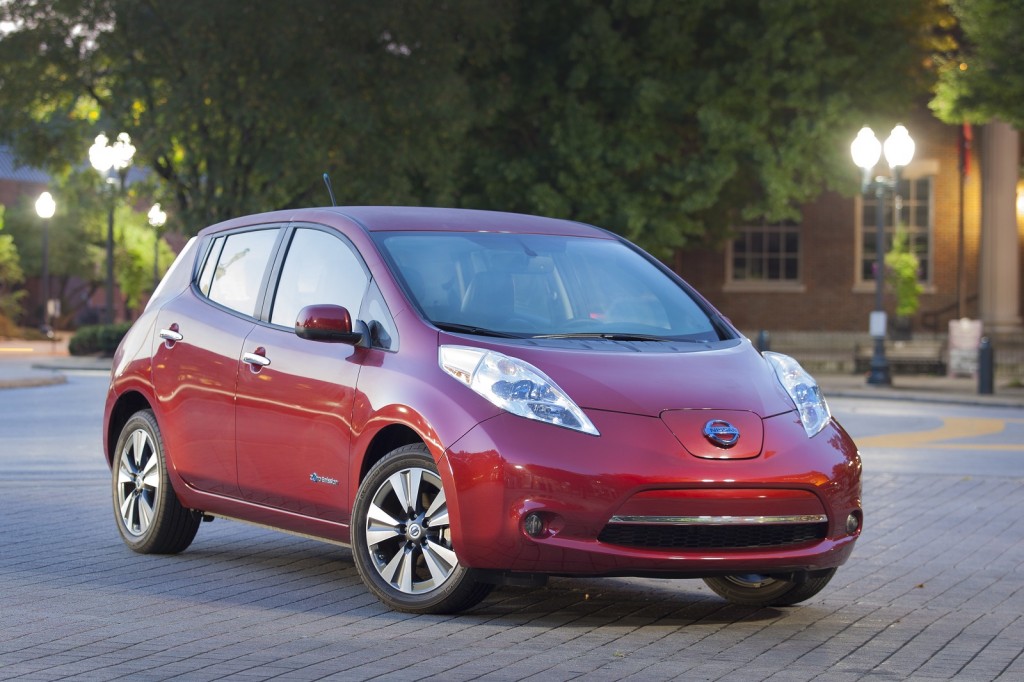A new study suggests EVs aren’t staying in the U.S. vehicle fleet as long as gasoline cars and trucks, which could be a problem for reducing real-world fleet emissions.
The average age of light-duty vehicles in the U.S. has hit a record high 12.5 years, according to S&P Global Mobility, but the average age of EVs in the fleet is just 3.6 years, down from 3.7 years in 2022. That’s a result of the more recent ramp-up of EV sales (12.5 years ago the Tesla Model S wasn’t even on sale), but still creates barriers to affordability by keeping prices of used EVs relatively high.
More worrisome perhaps is how the study found that while new EV registrations have grown significantly, EVs are also leaving the fleet at a faster rate than gasoline cars.

2015 Chevrolet Spark EV
S&P Global Mobility estimates that new EV registrations reached nearly 758,000 units in 2022—a 58% gain year over year. However, of the nearly 2.3 million EVs registered in the U.S. between 2013 and 2022, about 6.6% have left the fleet, while about 5.2% of other vehicle types have left the fleet over the same time frame, the study found.
The study doesn’t suggest why EVs are leaving the fleet at a faster rate, but it likely isn’t due to battery degradation or durability. A recent study by Recurrent, which sells battery health reports for used EVs, found that only 1.5% of 15,000 EVs needed pack replacements due to degradation. So battery degradation isn’t likely to brick your EV.
Insurance could well be the issue, or part of it, as insurers are far too eager to completely write off EVs rather than fix them—especially when the battery pack is involved, or when there’s even light flood damage.

2014 Nissan Leaf
Manufacturers have also offered more buybacks in some situations regarding EVs—from Toyota bZ4X wheels falling off, to those unhappy to wait for a new Chevrolet Bolt EV battery during a drawn-out recall over fire concerns. Some EVs may have also been brought to other markets, but it’s unclear if that’s anything beyond a negligible factor.
So while degradation limits on EV batteries might help, right-to-repair efforts that allow packs and modules to be more easily repaired more likely will keep more EVs on the road. It’s unclear if automakers will support that, however, as it mean loosening their grip on diagnostic software. Tesla in the past has been particularly tough on independent mechanics looking to repair or tune its cars.

